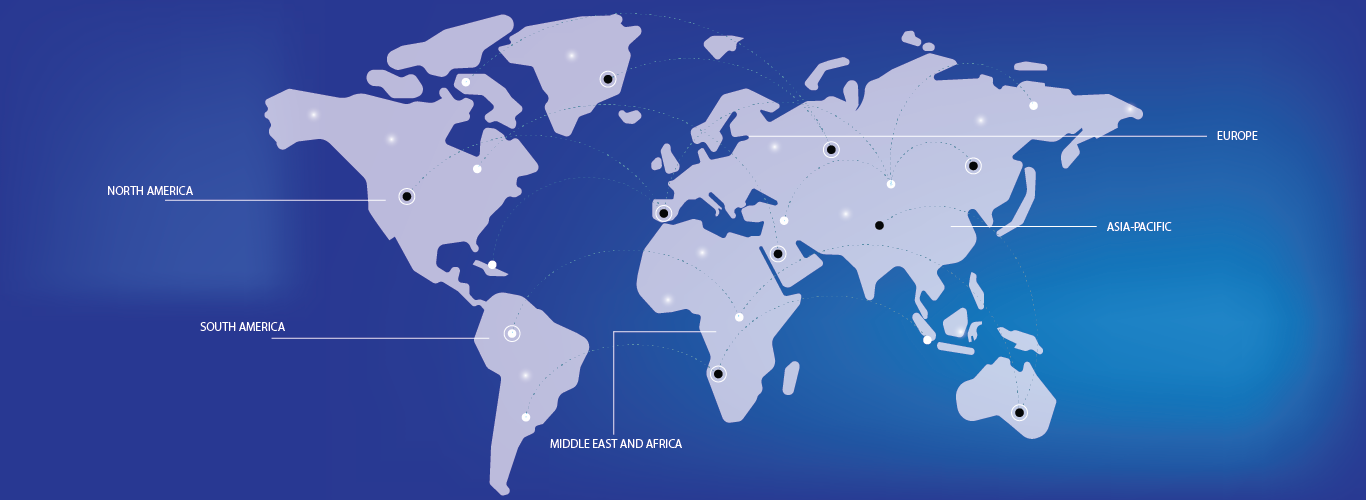- The anesthesia monitoring devices market is growing rapidly, driven by the increasing need for accurate and continuous monitoring during surgical procedures to ensure patient safety
- There is a notable shift toward more advanced devices, such as wireless and portable monitoring systems, which are improving both patient comfort and ease of use in clinical settings
- Hospitals remain the largest segment in the market, as they account for a significant portion of surgical procedures requiring anesthesia monitoring devices to track vital signs.
- Technological advancements are playing a key role in market growth, with innovations such as artificial intelligence being incorporated into devices to provide real-time data analysis and predictive insights
- For instance, some devices now use AI to adjust anesthesia delivery based on real-time patient data. This technology helps optimize drug dosages, reducing the risk of under or over-sedation, and enhances patient safety by providing precise and timely adjustments during surgery
- A wide range of products is available in the market, including anesthetic gas monitors, depth of anesthesia monitors, and multi-parameter monitoring systems, catering to diverse healthcare needs and enhancing overall patient care during anesthesia

Frequently Asked Questions
China is expected to witness the highest CAGR in the anesthesia monitoring devices market. This growth is driven by the country’s expanding healthcare infrastructure, increasing number of surgeries, and rising demand for advanced medical technologies in both urban and rural areas.
The growing use of wireless and portable devices, is emerging as a pivotal trend driving the global anesthesia monitoring devices market.



